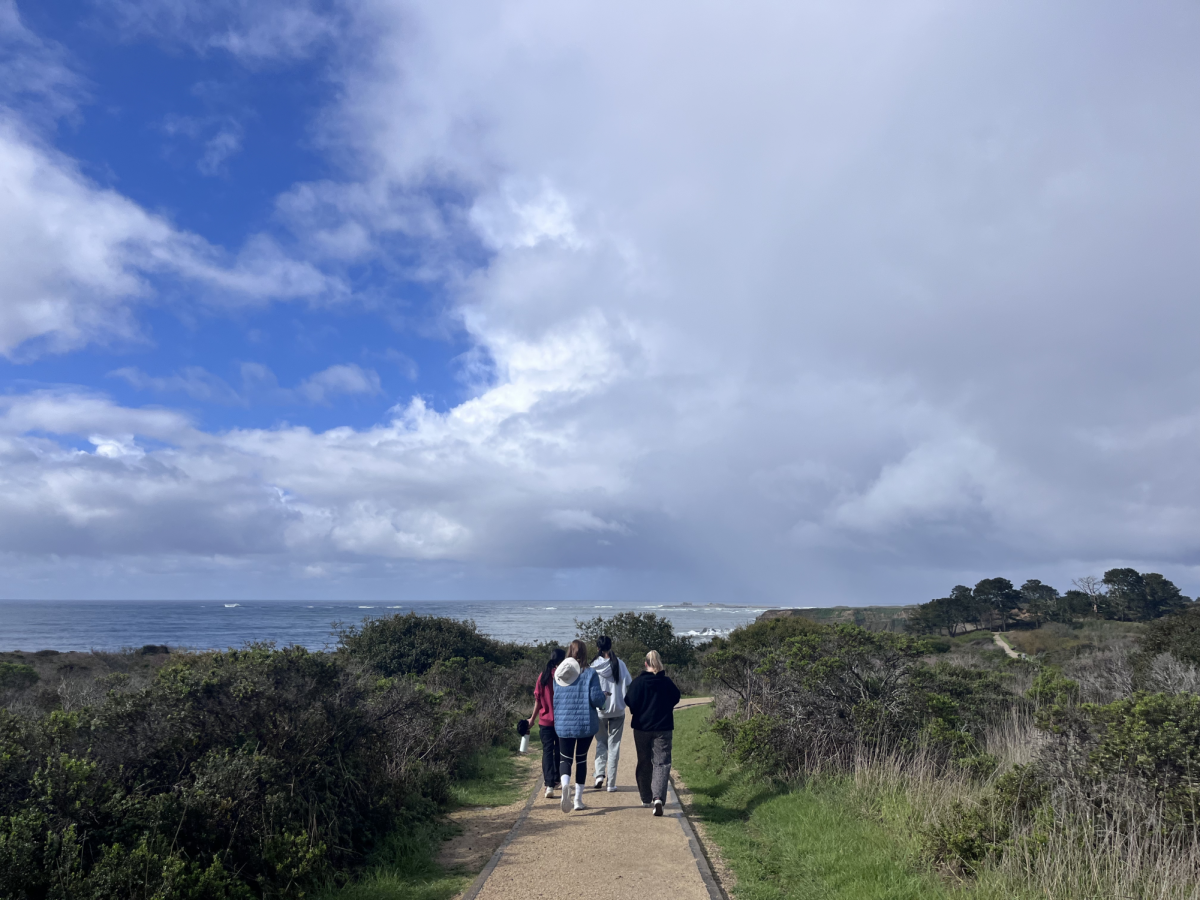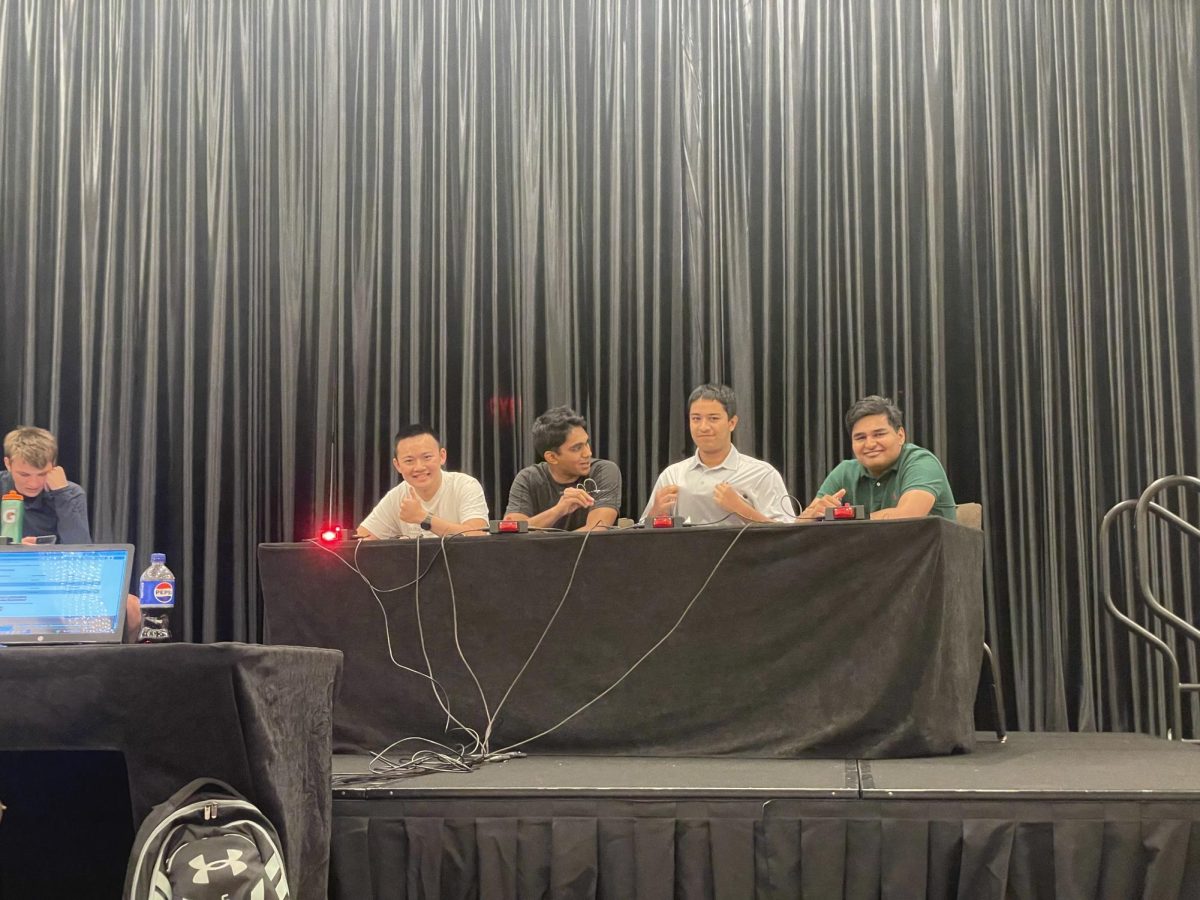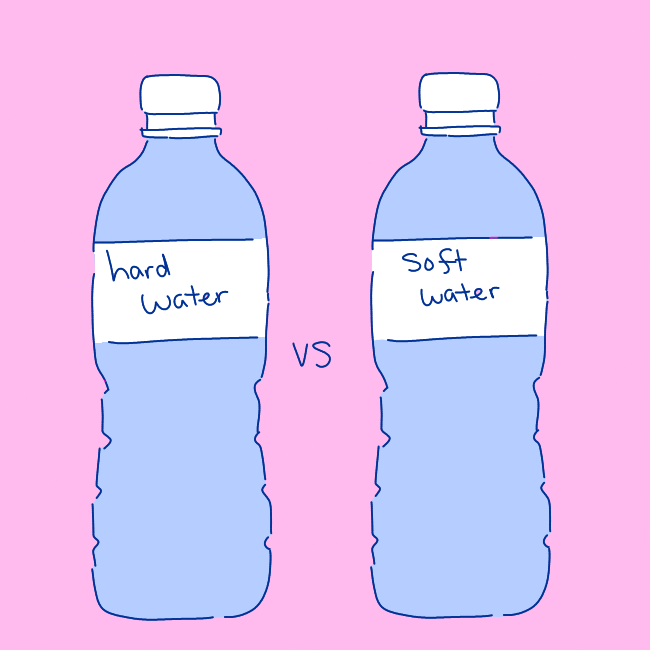Open a new YouTube account for the first time, and you will likely see your recommended page full of high-profile content. These selections often end up being big, successful channels with millions of subscribers like MrBeast, PewdiePie, WWE or NBA highlights. By contrast, when you log on to TikTok for the first time, the short form video feeds you get can be from anyone.
The app’s algorithm allows for those who perhaps just made their account a couple of days ago have a video that blows up. What most TikTok creators all have in common is that they don’t have to have big names or need to be reputable with years of history, which seems to be the biggest difference between the TikTok algorithm and that of almost all other America-based social media.
When Democrats joined Republicans in both the House and Senate to ban the popular app this spring, thousands of loyal users expressed alarm.
However, I believe this ban will not be carried out to its entirety as the U.S. government negotiates with TikTok to transfer more of its international ownership to American companies.
TikTok — which was launched internationally in September 2017 — is a short-form video hosting service owned by Chinese internet company ByteDance. The company of Tiktok, however, has a Singaporean CEO — Shou Zi Chew — who runs the company out of both Singapore and Los Angeles.
Clearly, this isn’t the first threat to ban TikTok. There were attempts to ban TikTok by the Trump administration in July 2020 because of the platform’s ties with the Chinese Communist Party (CCP). Trump, who claimed the app was a national security threat, threatened to shut down its U.S. operations through executive action as soon as Aug. 1 if ByteDance did not divest its ownership over the application.
A month later, TikTok compromised to divest parts of its international ownership and stocks as well as to move its data server to Oracle. In the following June, the Biden Administration revoked the Trump administration’s ban on TikTok. However, President Biden did later sign the No TikTok on Government Devices Act in December 2022.
Since then, the situation remained largely unchanged until March 13, when the House of Representatives passed the bill banning TikTok from app stores in the U.S. with rare bipartisan support, on a 352-63 vote. On April 23, the Senate also passed the TikTok ban bill, or formally known as the Protecting Americans from Foreign Adversary Controlled Applications Act, and President Biden signed it into law on the next day.
The law allows TikTok to continue to operate in the U.S. for 270 days unless ByteDance decides to sell the application’s ownership as well as its most valuable algorithm. The potential sale progress and separation from the mother company can be very complicated since the law prohibited any connection between ByteDance and TikTok afterwards. And as of now, it is unclear whether ByteDance will sell TikTok’s entire global ownership or just its U.S. operations.
To dissect the reasons behind why the U.S. government has decided to strike TikTok with a more serious crackdown, we have to first take a look at TikTok’s algorithm, its most valuable asset.
A majority of social media platforms like YouTube, for example, allocate more resources and traffic to big content creators based on the history of the channel’s performance. For its part, TikTok weighs much less on the brands or names of a creator. Even if you are unknown, if the viewers resonate with you and spend more time watching your videos, you will gain more traffic and reach the feed of more people.
Because of TikTok’s untraditional emphasis on instant popularity, this means it doesn’t necessarily filter out what is considered unfavorable by the mainstream society or the government. This can potentially pose a threat to the government if a certain rioting or dissenting voice in the society gets too great to control.
Eventually, concerns arise that such a massive and uncontrolled force of unfiltered internet voices can influence politics and elections. Both parties fear the power of this unconventional and pure-popularity-driven social media. Especially because teenagers with ages between 18 to 25 make up over 36% of the total TikTok users, the fear is that they can easily be brainwashed by propaganda.
Unlike the growing-polarized traditional media outlets who would promote and stand with their corresponding party, TikTok stands off the spectrum. Despite the fact that it doesn’t side with any political party in the U.S., meaning it doesn’t depend on the fundings of their election campaigns as a source of income, some people fear that the CCP is tied into DataByte and can access all of its users’ information.
Yet it remains virtually unknown whether the CCP is really behind all of this, constantly spying over the data and influencing the content. This unproven assumption became a major driving force and cause for the U.S. politicians to bipartisanly sign to ban TikTok.
How does this situation end? My prediction is that expelling TikTok from the U.S. is unlikely to happen at all. The only reason the bill had been passed so rapidly was just to threaten TikTok with what the U.S. government could do and then give the application a chance to negotiate in order to stay in the U.S.
Another reason I’m almost certain that the application will not be entirely banned is the predictable reactions of users if it were: protests and anger, as seen from Trump’s attempt to ban it four years ago.
Perhaps most important, driving TikTok out of the U.S. would result in American content creators losing massive profits. There are more than 1.3 billion English speaking people in the world, and TikTok almost covers them all; America’s population of 300 million takes up to less than a quarter of that marketplace. In other words, a ban of TikTok in the U.S. won’t affect other parts of the world. The majority of TikTok’s current users will continue to stick with the application as long as high quality content is being produced.
Given the many downsides of a ban, it’s likely TikTok will survive in the U.S. — but ideally with a new ownership structure that eases fears that CCP is abusing the data of American users.




























